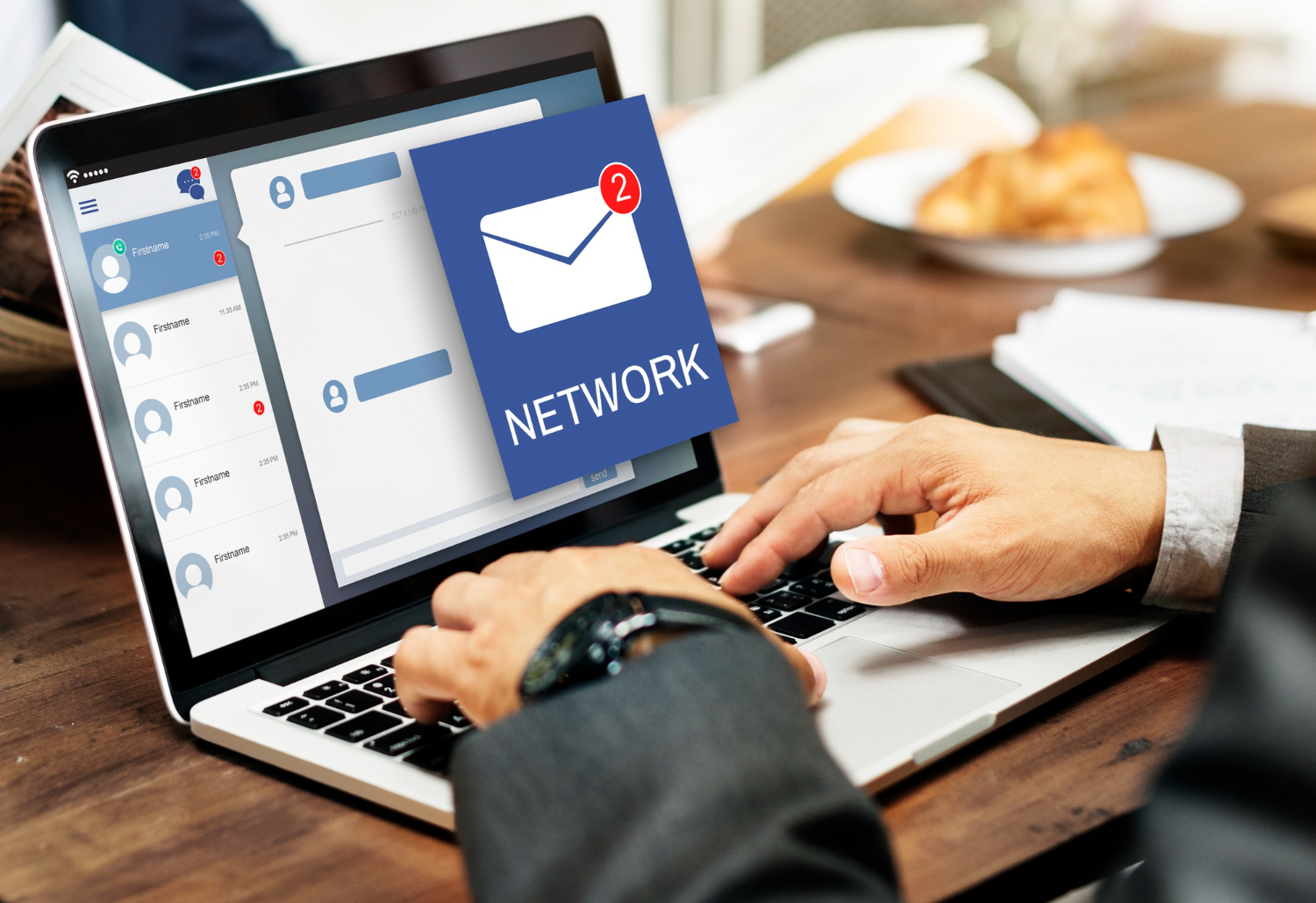Email marketing automation is a powerful tool that helps you send the right message to the right people at the right time. By automating repetitive tasks, you can focus more on creating valuable content and building strong relationships with your audience. This means you can engage more effectively with your subscribers without spending hours on manual efforts.
Understanding Email Marketing Automation
Email marketing automation is like having a personal assistant for your email campaigns. It helps you automatically send emails to your subscribers based on specific triggers and rules. This could be anything from a welcome email when someone signs up to a follow-up email after someone makes a purchase.
Automation saves time on repetitive tasks and ensures that your messages are timely and relevant. For example, if someone abandons their shopping cart, you can automatically send a reminder email encouraging them to complete their purchase. This kind of targeted communication increases the chances of conversions and keeps your audience engaged.
Automation also allows you to segment your email list based on different criteria like purchasing behaviour, demographics, or engagement levels. This means you can tailor your messages to specific groups, making your emails more personal and relevant. As a result, your subscribers are more likely to open, read, and act on your emails, leading to better engagement and higher conversion rates.
Key Features of Email Marketing Automation Tools
Email marketing automation tools have various features designed to make your campaigns more effective. Here are some key features to look for:
1. Drip Campaigns:
Drip campaigns let you send a series of emails to your subscribers over time. These emails are triggered by actions like signing up for a newsletter or making a purchase. Drip campaigns keep your audience engaged without overwhelming them with too much information at a time.
2. Segmentation:
Segmentation allows you to divide your email list into smaller groups based on specific criteria. You can create segments based on interests, past purchases, or engagement levels. By sending targeted emails to each segment, you increase the relevance of your messages, leading to higher open and click-through rates.
3. Personalisation:
Personalisation features help you customise your emails with your subscribers’ names, purchase history, or other personal details. Personalised emails feel more relevant to the recipient, enhancing engagement and building trust.
4. Analytics and Reporting:
Good automation tools provide detailed analytics and reporting. You can track open rates, click-through rates, and other metrics to see your campaigns’ performance. This information helps you refine your strategies and improve your results over time.
5. Automated Workflows:
Automated workflows allow you to create complex sequences of emails based on user behaviour. For example, if subscribers click on a link in your email, they might receive a follow-up email with more information. Workflows help you nurture leads and guide them through the customer journey.
These features make email marketing automation tools valuable for any business looking to enhance engagement and save time. By leveraging these tools, you can create more effective and personalised email campaigns that resonate with your audience.
Strategies to Enhance Engagement with Automation
Improving engagement with your email campaigns involves using intelligent strategies to make your content more appealing and relevant. Here are some helpful strategies to try:
1. Personalise Your Emails:
Personalisation goes beyond just using the recipient’s name. Use data to tailor content to your audience’s interests and behaviours. If someone has purchased from you before, recommend similar products or services. Personalised emails feel more relevant and increase engagement.
2. Use Engaging Subject Lines:
The subject line is the first thing your subscribers see. Make it catchy and attractive to encourage them to open the email. Include their name or a recent action that can more effectively grab their attention.
3. Optimise for Mobile:
Many people check their emails on their phones. Ensure your emails look good on mobile devices. Use a clean design, large fonts, and easy-to-click buttons. A mobile-friendly email keeps your audience engaged regardless of the device they use.
4. Segment Your Audience:
Segmenting allows you to send more relevant emails. Create segments based on factors like purchase history, frequency of engagement, or preferences. Tailored emails for each segment can significantly boost engagement.
5. A/B Testing:
A/B testing involves sending two versions of an email to see which performs better. You can test different subject lines, call-to-action buttons, or email layouts. This helps you understand what resonates most with your audience, enabling you to refine your approach for better results.
Implementing these strategies can help you create more engaging emails that resonate with your audience, leading to higher open and click-through rates.
Measuring the Success of Your Automated Email Campaigns
To understand how well your automated email campaigns are performing, you need to measure their success. Here are key metrics to track:
1. Open Rate:
This metric shows the percentage of recipients who open your email. A high open rate indicates that your subject lines are effective and your audience is interested in your content.
2. Click-Through Rate (CTR):
CTR measures the percentage of recipients who click on a link within the email. High CTRs mean your content is engaging and encourages further interaction.
3. Conversion Rate:
This metric tracks the percentage of recipients who complete a desired action, like purchasing or signing up for a newsletter. A high conversion rate shows that your emails are effective in driving actions.
4. Bounce Rate:
The bounce rate indicates the percentage of emails that couldn’t be delivered to the recipient’s inbox. A high bounce rate can harm your sender’s reputation, so keeping your email list clean and updated is essential.
5. Unsubscribe Rate:
This shows the percentage of recipients who opt out of receiving your emails. Monitoring this rate helps you understand if your content is relevant and valuable to your audience.
6. Customer Feedback:
Sometimes, feedback from your audience can offer valuable insights. Encourage subscribers to share their thoughts on your emails through surveys or direct responses.
By tracking these metrics, you can identify areas of improvement and adjust your strategies for better results. Understanding these key performance indicators ensures that your email campaigns continue to resonate with your audience and achieve your marketing goals.
Conclusion
Email marketing automation offers a convenient way to engage with your audience while saving time. Understanding the tools and strategies allows you to create effective email campaigns that resonate with your subscribers. Monitoring your success through key metrics helps you refine your approach and continue to improve over time.
Email automation streamlines your marketing efforts and provides a personalised experience for your audience. This leads to higher engagement, increased loyalty, and a greater return on investment.
If you’re ready to enhance your email marketing efforts, Your Hive supports you. Our expert team can help you implement effective email marketing services in Perth that are tailored to your unique needs. Contact Your Hive today and take the first step toward more engaging and efficient email campaigns.







